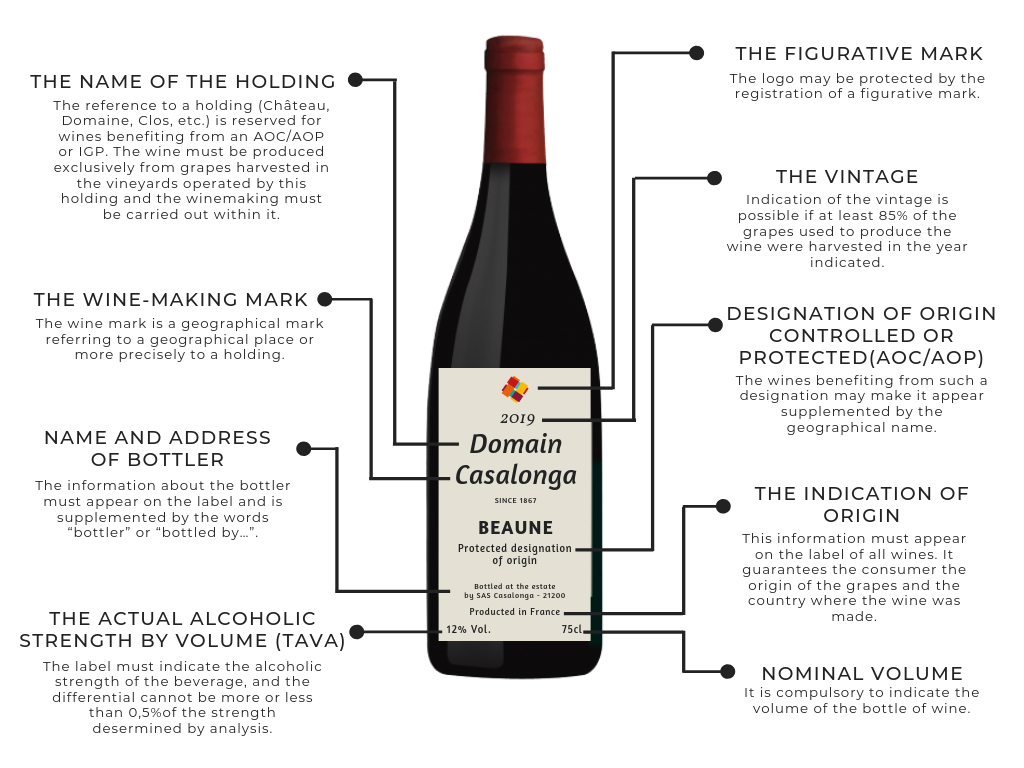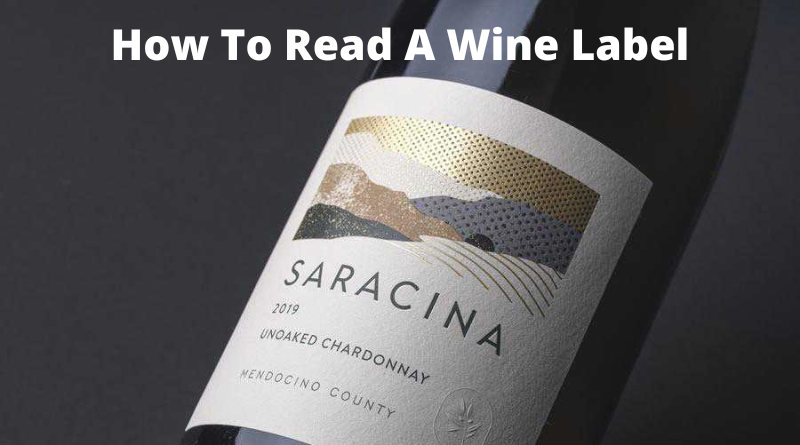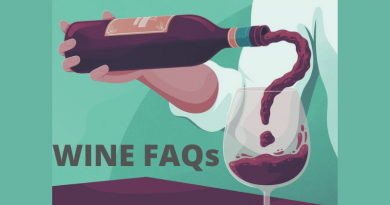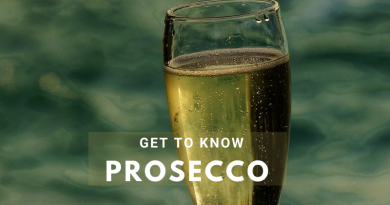Wine Label – How To Read and Get Important Wine Information
Wine labels contain lots of information on them that help wine lovers to know what is in the bottle. They play a significant part in wine selection. Wine labels attract buyers and help distinguish why the specific brand is better than its rivals. Wine labels also provide essential detail about the product like drink manufacturer and region. Besides, it is also a legal need. So, it is crucial to read a wine label carefully before buying.
But some information is not easy to understand, and buyers find it challenging to know the piece of information. However, some ways to read a label on wine might help you understand the information it contains. This blog will guide you on how to read a wine label. So, let’s begin:
How to read a Wine label

It would be best if you searched for some specific things while reading a label. Different countries have different wine label rules regarding which information must be on the wine label. The most common details that must appear on the wine labels of most countries are the brand name, name of the makers, producing regions, vintage, the grape variety used, blend, if any, the amount, and if it contains some allergy elements.
There are two wine label styles prevalent in the market. The wines are identified either by their brand name or appellation. A wine labeled by its company’s name will contain the grape variety’s name (if the wine is made of chardonnay, pinot noir, or other grapes). On the other hand, the wine label that follows the appellation style trusts the regulations of appellation standards to inform what is there in the wine bottle.
For example, France labels its wines by “appellation” or state. The top of a French Burgandy wine label contains information related to quality at the top left corner and the producers at the top right corner. The label provides information on designation, the location of vineyards, a reminder of its premium quality, the place where the wine is kept, and alcohol percentage.
In Austria, wine labeling traditions are different. The Austrian wine bottle contains info regarding brand name, makers, and site at the top. Then the Austrian wine labels have appellation title and status, variety of grapes used, name of vineyard, vintage, alcohol percentage, level of sweetness, amount of liquor in the bottle, packaging site, control number, and quality.
It’s essential to understand the top parts of a label to understand the matters written on a wine label. Reading a label and understanding it doesn’t mean that you will know about the taste of the wine before buying a bottle. Instead, it will support you in conceiving an opinion regarding the thing you are going to buy. Let’s discuss the vital parts that will help you understand a wine label.
Vital parts of a wine label
Appellation Details
State producers are offered appellation credentials if they follow the regulations strictly regarding grapes like crop yielding, ABV, quality, etc. The parameter of appellation credentials is not the same, and the countries decide them according to the location. Fifteen countries have formal appellation rules, but how strict they are and which matters should be followed are different.
Brand name/Wine Makers Name
The producing brand’s name will be there on some part of a wine label. This will inform the buyers regarding the producers. But in some American wines, the labels only contain the name of the wine. The reason is that they are the brands of some famous American wine companies. For example, Apothic Red is a famous American wine brand with the name, and E&J Gallo is the maker of the wine.
Location
The location on the wine labels will help you know the grapes-producing regions. Any wine that comes from a more extensive area is considered valuable. On the other hand, wine from a specific vineyard region is the symbol of a higher standard regional position. If a wine comes from a particular vineyard site, that site will be written in quotations or written below the provincial part. Usually, the more specific the source to a particular region, the higher the quality level is indicated and the higher the wines are priced.
Grape Variety
Next thing mentioned in the wine labels are the grape varieties used to make the wine; for example, Merlot, Syrah, cab, etc. If two or three types of grapes are used, that also is mentioned in the wine grapes. It will help you to understand the quality. You can check the appellation details for the label where grape variety is not mentioned.
Wine is vintage or non-vintage
Vintage is the harvesting year of the grapes used to create a wine. The vintage offers pretty much information to a buyer who has some knowledge regarding the variation of vintage. Generally, vintage wines are of higher significance than non-vintage wines, as vintage wines can use wine from various vintages to maintain the aroma of the wine.
Alcohol percentage (Alcohol by Volume or ABV)
ABV percentage delivers lots of info related to wine. Many European wines are allowed to add 13.5% and more alcohol by volume. But in America alcohol percentage can be up to 17%. The ABV indicates the richness of the wine. The wines with high alcohol percentages are from riper grapes and usually contain fruity notes. But there are exceptions also.
Additional information on wine labels
Other than the matters discussed above, a wine label contains some additional information such as:
- Estate bottled wine: The wines made of grapes from their own vineyards are created and packed on the wine estate; these types are called estate bottled wines. Some estate bottled wines are Mis en Bouteille au Chateau, Mis en Bouteille a la Propriete, Embotellat a la Propietat, etc.
- Reserve: We can see the word “Reserve” on some labels, which is not connected with any official matter. There are no regulations of the reserve, and it doesn’t carry any specific meaning. Some small winemakers mark their best quality wines as a reserve.
- Old vines: The old vine grapes provide more intense aromas in a wine. But how old the grapes should be to call adequately old is not mentioned anywhere. Usually, fifteen to one-hundred-and-fifteen-year-old grapes can be called “old vines.” The makers add the “old vine” on the wine label to indicate the wine’s style.
- Has Sulfites: Sulfite may cause allergies. Therefore, if a wine contains sulfite or not, it must be added to the wine label. It will help buyers check this information before buying a specific wine.
Conclusion
A wine label is an essential part of wine; it is vital to understand what it wants to say. Usually, wine labels contain any information regarding the wine, but the ones that buyers should look for and understand are discussed here. This information will help you to read and understand the essential information that a label contains.




